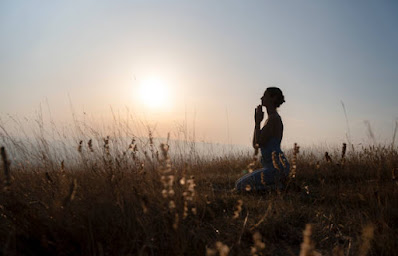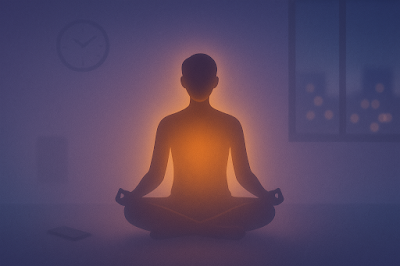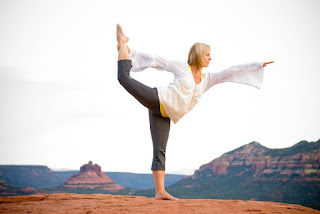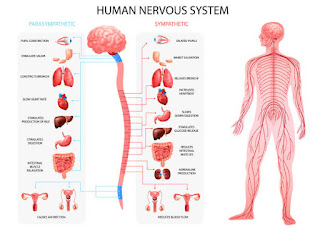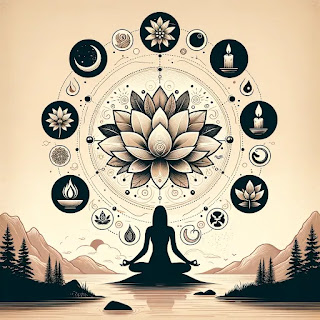The Witness Consciousness: Observing Without Attachment
Witness consciousness, or Sakshi, is something I’ve always sensed, even before I had the language for it. Since I was a kid, I’ve been drawn to the deeper layers of consciousness, often thinking about life not just from a logical point of view, but from a spiritual one. Meditation became part of my life early on, around twelve, and I’ve always loved exploring different cultures and spiritual traditions that hold unique insights into awareness, being, and the self.
Writing this blog began as a personal project—a place to process, explore, and make sense of what I learn and experience. Lately, my focus has turned toward the idea of witness consciousness. Though I only recently started studying it more directly, I’ve realized that in many ways, I’ve been living with this awareness for a long time. I’ve always loved observing people, watching interactions, noticing behaviors, whether in real life or online. There’s something natural for me in sitting back and simply witnessing without needing to insert myself or react.
What Is Witness Consciousness?
In simple terms, I would describe witness consciousness as the experience of observing yourself and the world without attachment. It’s like stepping just slightly outside yourself, not in a dissociative way, but in a clear, grounded way. You see your thoughts, emotions, and behaviors unfold without identifying with them. It feels a lot like a flow state, or what I sometimes think of as pure being. No judgment. No resistance. Just watching. Just being.
This kind of awareness isn’t cold or distant. It actually feels very alive and peaceful. For me, it shows up most when I’m practicing yoga, especially in aerial flows. In those moments, I’m not trying to control the experience. I’m just fully in it. I also notice it when I’m journaling or deep in meditation. It’s an inner sensation, a kind of open stillness or resting energy that feels full of potential.

The Link to Turiya
In yogic philosophy, there’s a concept called Turiya, the “fourth state” of consciousness. It exists beyond waking, dreaming, and deep sleep. It’s described as pure awareness itself. Witness consciousness, or Sakshi, is often considered a bridge to this deeper state. While Turiya can sound abstract, I think we all get glimpses of it—those moments of quiet clarity, spaciousness, or peace without reason.
Sometimes I feel these glimpses as formlessness or openness. It feels like a subtle energy that isn’t trying to do anything, but simply is. It’s not something you force. It’s more like something you return to. Like it was always there, under the surface.
Why It Matters
This kind of presence has become essential for my well-being. Life moves fast, and emotions can be overwhelming. But when I practice observing instead of reacting, I can step back and ask myself what really matters. I can check in and see whether I’m living in alignment with my values, or if something needs to shift.
Over the past month, I’ve also been practicing Metta, or loving-kindness meditation, and it has deepened my sense of compassion. Witnessing without attachment doesn’t mean I don’t care. In fact, it has helped me soften my judgments and understand others better. It’s made space for kindness, even when I don’t agree or understand someone’s actions.

Observing Without Controlling
A big part of witness consciousness is realizing that we can’t control everything or everyone. Life happens. People act in ways we don’t expect. Circumstances shift without warning. Recently, my truck was hit while I was shopping. I came outside to a big dent and messed-up paint. For many people, that would have caused a lot of frustration. But I reminded myself that I wasn’t there. I don’t know who did it or why, and I may never know. So instead of spiraling, I followed the process. I alerted the store, filed a report, and contacted my insurance. That’s all I could do. The emotional energy? I let it pass.
Things just are, sometimes. Being able to witness a situation instead of being pulled into it emotionally can be a huge relief.
Misconceptions About Detachment
One thing I want to clarify is that witnessing consciousness isn’t about numbing out or becoming indifferent. It’s not about pretending things don’t matter. It’s more about choosing how to engage, rather than reacting automatically. It’s not cold detachment. It’s clear awareness.
Sometimes people think that letting go means not caring, but I think it’s the opposite. It means caring from a deeper place, one that isn’t rooted in ego or fear.
A Gentle Practice
I’m not here to tell anyone what they should or shouldn’t do. Everyone’s journey with consciousness is personal. But I do believe that witness consciousness can offer a kind of freedom that’s rare in a world full of noise and pressure. It’s a way to return to yourself. To be with what is. To let life move through you without needing to control every moment.
And that’s a practice worth exploring.
Integration Practices: Cultivating the Witness Within
If the concept of witness consciousness resonates with you, here are some gentle ways to begin exploring it in your own life. These practices are not about doing it “right,” but about inviting in stillness, presence, and non-judgmental awareness.
Journal Prompts
Use these as starting points in your own words. Write slowly, with honesty, and without editing yourself.
- When was the last time I noticed myself reacting? What was underneath that reaction?
- How do I feel when I’m simply observing — not trying to fix or change anything?
- Where in my life am I holding on too tightly? What would it feel like to soften?
- What does “letting go” mean to me, not just mentally, but emotionally and physically?
- Can I remember a moment when I felt pure presence, even briefly? What was different in that moment?
🧘 Mini Guided Meditation: The 5-Minute Witness
You don’t need any special setup for this — just a few quiet minutes. You can also record these steps in your own voice if that helps.
- Sit comfortably and close your eyes.
- Take a few slow breaths. Let your body relax without effort.
- Begin to notice your thoughts. Don’t try to stop them — just watch.
- Imagine each thought like a cloud drifting across the sky. You’re not the cloud. You’re the sky.
- Shift your awareness to your breath. Just observe. No need to control it.
- Allow this witnessing to continue for a few minutes. If you notice tension, just watch that too.
- When you’re ready, take a deep breath and gently return.
Even a few minutes can create space in the mind and reconnect you to presence.

Everyday Witnessing
You don’t always need to be sitting in meditation to practice this. Here are some simple ways to bring witness consciousness into your day:
- While walking, pay attention to the sensations in your feet and the sounds around you without labeling or judging.
- While in conversation, notice your internal reactions. Can you pause before responding?
- During stress, try silently saying, “This is happening,” and just observe the sensations without immediately naming them as good or bad.
- In nature, allow yourself to simply watch — a tree swaying, birds flying, clouds moving. Just observe.
A Reflection Prompt to Close
“What would it feel like to witness this moment without needing to change it?”
You can carry this question with you throughout the day — as a soft invitation to return to presence.
